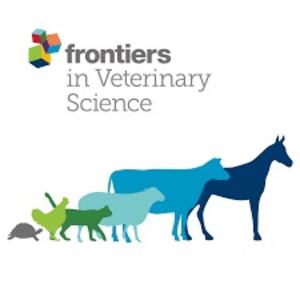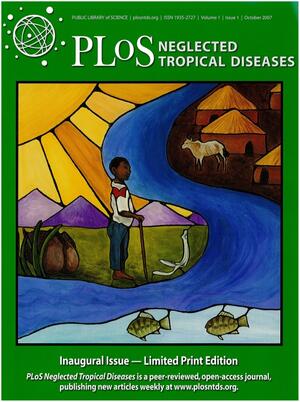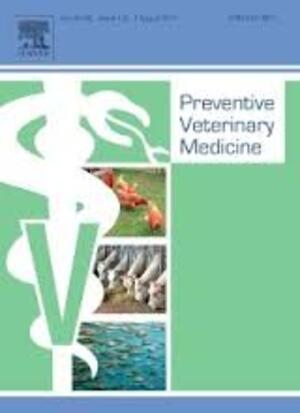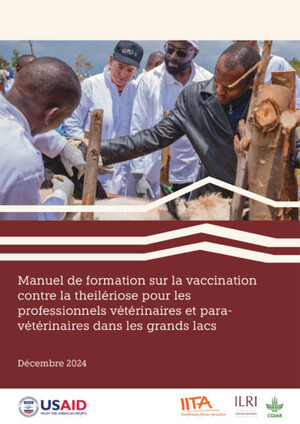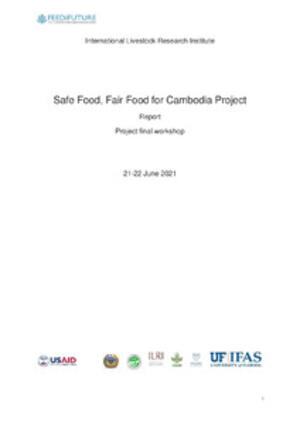
We do not bury dead livestock like human beings: Community behaviors and risk of Rift Valley Fever virus infection in Baringo County, Kenya
Abstract
Background Rift Valley Fever (RVF), is a viral zoonotic disease transmitted by Aedes and Culex mosquitoes. In Kenya, its occurrence is associated with increased rains. In Baringo County, RVF was first reported in 2006±2007 resulting in 85 human cases and 5 human deaths, besides livestock losses and livelihood disruptions. This study sought to investigate the county's current RVF risk status. Methodology and principal findings A cross-sectional study on the knowledge, attitudes and practices of RVF was conducted through a mixed methods approach utilizing a questionnaire survey (n = 560) and 26 focus group discussions (n = 231). Results indicate that study participants had little knowledge of RVF causes, its signs and symptoms and transmission mechanisms to humans and livestock. However, most of them indicated that a person could be infected with zoonotic diseases through consumption of meat (79.2%) and milk (73.7%) or contact with blood (40%) from sick animals. There was a statistically significant relationship between being male and milking sick animals, consumption of milk from sick animals, consuming raw or cooked blood, slaughtering sick livestock or dead animals for consumption (all at p 0.001), and handling sick livestock with bare hands (p = 0.025) with more men than women engaging in the risky practices. Only a few respondents relied on trained personnel or local experts to inspect meat for safety of consumption every time they slaughtered an animal at home. Sick livestock were treated using conventional and herbal medicines often without consulting veterinary officers. Conclusions Communities in Baringo County engage in behaviour that may increase their risk to RVF infections during an outbreak. The authors recommend community education to improve their response during outbreaks.
Citation
Mutua, E.N., Bukachi, S.A., Bett, B.K., Estambale, B.A. and Nyamongo, I.K. 2017. "We do not bury dead livestock like human beings": Community behaviors and risk of Rift Valley Fever virus infection in Baringo County, Kenya. PLOS Neglected Tropical Diseases 11(5): e0005582.





